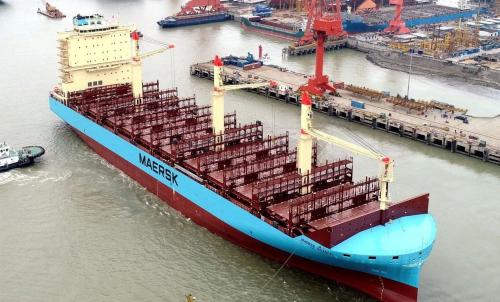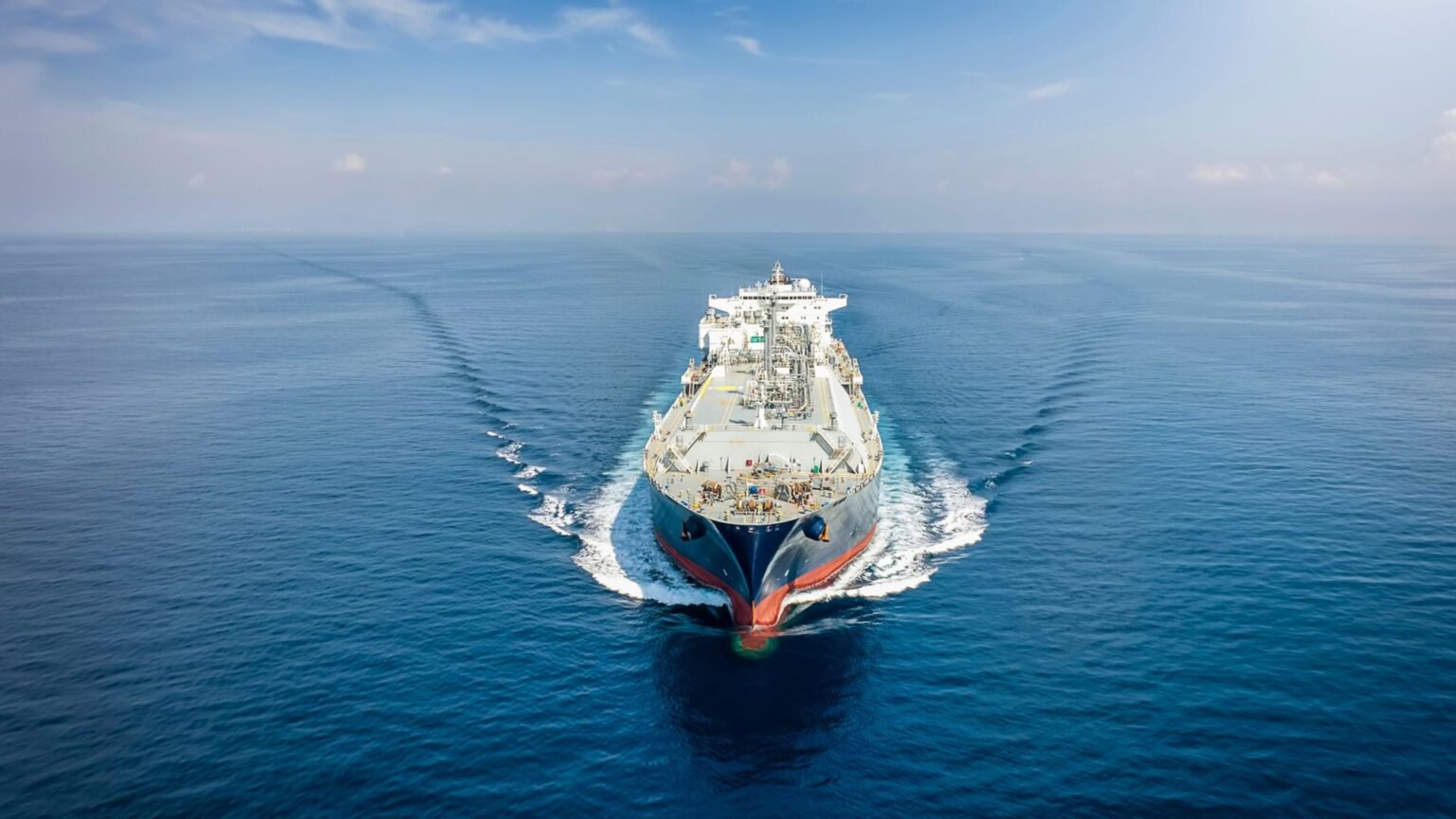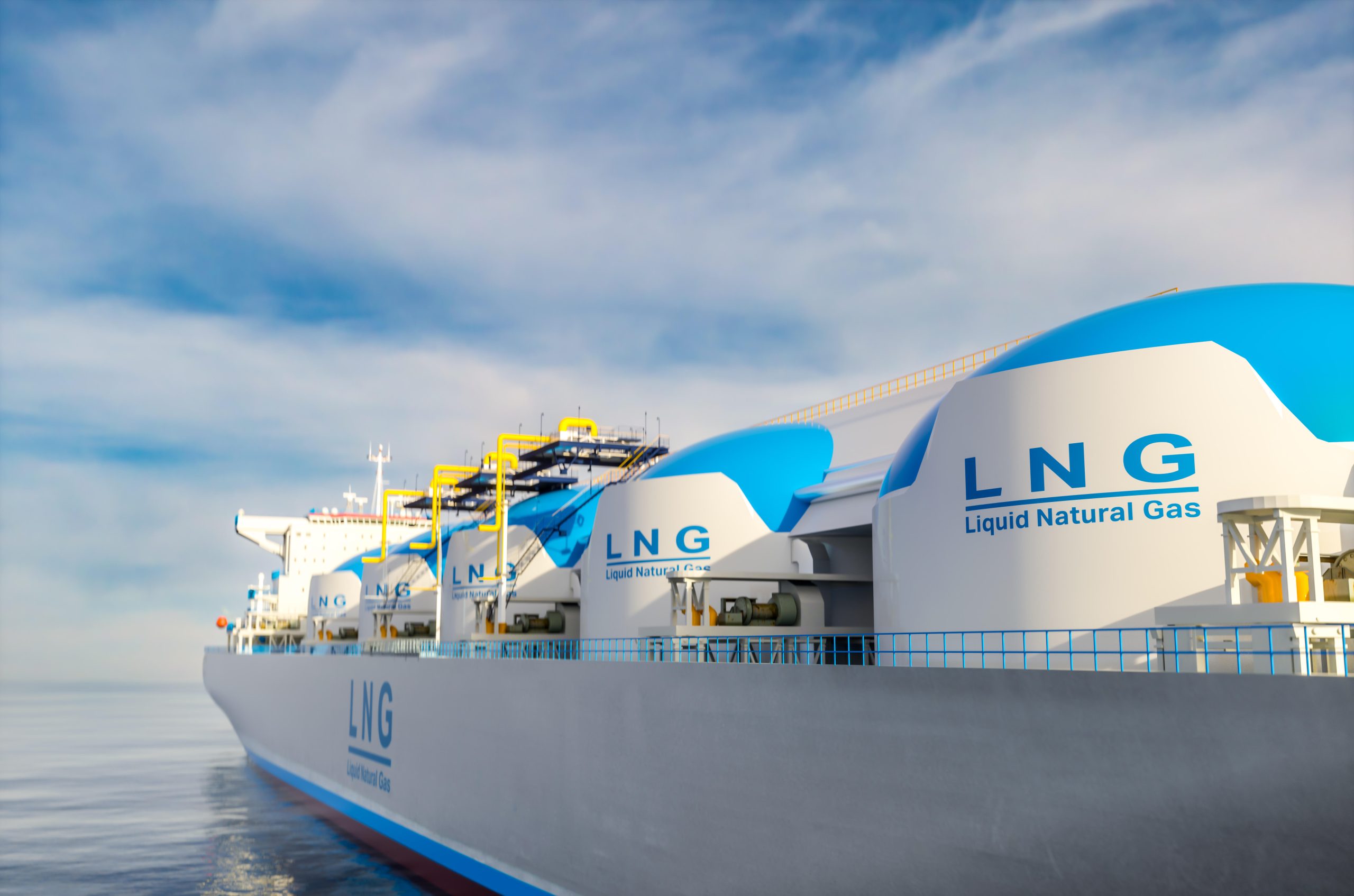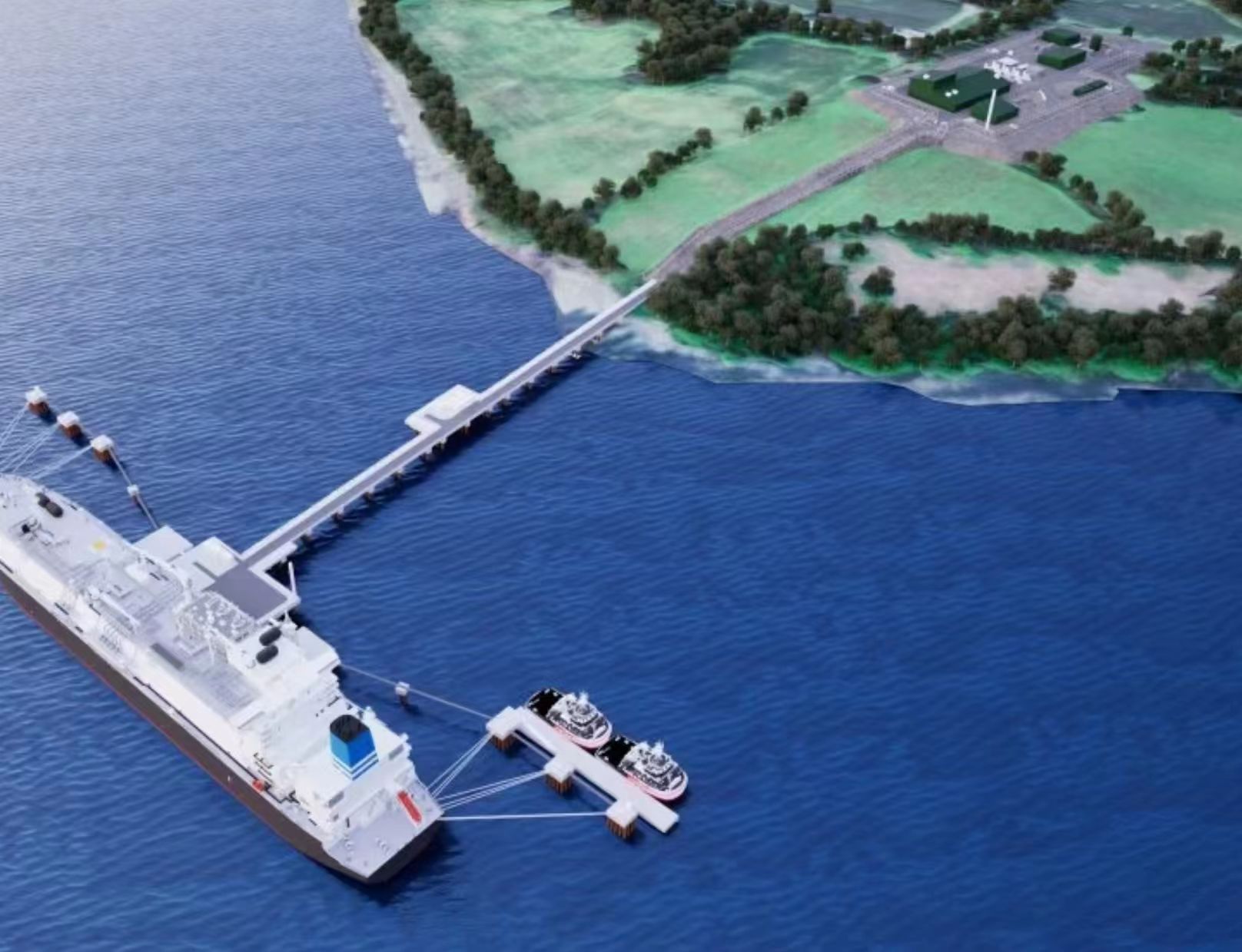环保型集装箱船 “Maersk Acadia”号完成交付
作者: 发布时间:2022年12月04日 浏览量:856 字体大小: A+ A-

图片来自网络,版权属于原作者
来源:Offshore Energy 2022-12-02
翻译:国际海事信息网 顾晋瑄 张运鸿
中国扬子江船业(Chinese Yangzijiang Shipbuilding)旗下的江苏新扬子造船有限公司(Jiangsu New Yangzi Shipbuilding Co.)交付了一艘环保型3500TEU箱型新船“Maersk Acadia”号。
该船是为日本船东Lepta Shipping所造10艘新船系列中的第一艘。Lepta Shipping是一家日本Nissen Kaiun公司和贸易公司Mitsui & Co.的合资企业,其与丹麦航运巨头A.P. Moller Maersk签订了新的环保型支线船租约。
据悉,交付仪式于11月30日在该公司的船厂举行。
据披露,“Maersk Acadia”号总长200米,模压宽度为36.4米,模压深度为20.6米,隶属于美国船级社(ABS)。
据造船商称,这种类型的船舶满足国际海事组织(International Maritime Organisation,简称IMO)对零排放航运的最新要求。船舶设计所采用的技术能满足IMO能源效率设计指数III(Energy Efficiency Design Index ,简称EEDI)。
该适用于新船的EEDI旨在促进使用更节能(污染更少)的设备和发动机。EEDI根据不同船型和尺寸段规定了其每一运力里程(如吨位里程)的最低能源效率水平。
自2013年1月1日起,即于最初两年零阶段后,新船设计需要达到其船型的参考水平,此水平每五年会逐步收紧,因此EEDI将促进创新与技术持续发展。
2014年,MEPC通过了EEDI规章的修正案,将EEDI的适用范围扩大至液化天然气船、滚装货船(汽车运输船)、滚装货船;滚装客船以及具有非传统推力的游船。
这些修订案意味着将国际航运中产生约85%的二氧化碳排放的船舶类型纳入国际监管体系。
Maersk公司设定了所有业务于2040年实现净零排放的目标。该公司还在努力实现2030年的具体近期目标,其中包括相较于2020年,“Maersk Ocean”船队每个集装箱船的排放量减少50%,并且仅订购可使用环保燃料的新造船舶。
大概一个月前,这家丹麦航运巨头又订购了6艘可使用绿色甲醇航行的大型远洋船。最新订单签订后,Maersk公司总共订购了19艘配备双燃料发动机且能够使用绿色甲醇为燃料的船舶。这家集装箱航运巨头表示,其订购的19艘船取代旧船并全部投入使用后,它们每年产生的二氧化碳排放约达230万吨。
(本文版权归国际海事信息网所有,图片版权归原作者,转载请注明出处。)
Eco-friendly containership Maersk Acadia delivered
Jiangsu New Yangzi Shipbuilding Co., a subsidiary of Chinese Yangzijiang Shipbuilding, has delivered a new eco-friendly 3,500 TEU boxship Maersk Acadia.
As informed, the delivery ceremony took place on 30 November at the company’s yard.
The ship is the first in the series of 10 newbuilds being built for Japanese shipowner Lepta Shipping, a joint venture between Japanese Nissen Kaiun and trading house Mitsui & Co. The company signed charter deal with Danish shipping giant A.P. Moller Maersk for the new environmentally friendly feeder.
As disclosed, Maersk Acadia has a total length of 200 meters, a molded width of 36.4 meters and a molded depth of 20.6 meters. It is classed by classification society ABS.
According to the shipbuilder, this type of vessel can meet the latest International Maritime Organisation’s (IMO) requirements for zero-emission shipping. The design incorporates technologies that are expected to meet IMO’s Energy Efficiency Design Index (EEDI) III.
The EEDI for new ships was made with the aim of promoting the use of more energy efficient (less polluting) equipment and engines. The EEDI requires a minimum energy efficiency level per capacity mile (e.g. tonne mile) for different ship type and size segments.
Since 1 January 2013, following an initial two-year phase zero, new ship design needs to meet the reference level for their ship type. The level is to be tightened incrementally every five years, and so the EEDI is expected to stimulate continued innovation and technical development.
In 2014, MEPC adopted amendments to the EEDI regulations to extend the scope of EEDI to LNG carriers, ro-ro cargo ships (vehicle carriers), ro-ro cargo ships; ro-ro passenger ships and cruise passenger ships having non-conventional propulsion.
These amendments mean that ship types responsible for approximately 85% of the CO2 emissions from international shipping are incorporated under the international regulatory regime.
Maersk has set a net-zero emissions target for 2040 across the entire business. The company is also working to achieve tangible near-term targets for 2030, which include a 50% reduction in emissions per transported container in the Maersk Ocean fleet compared to 2020 and only ordering newbuilt vessels that can be operated on green fuels.
About a month ago, Danish shipping major ordered an additional six large ocean-going vessels that can sail on green methanol. With the latest order, Maersk has in total ordered 19 vessels with dual-fuel engines able to operate on green methanol. The container shipping heavyweight said that when all 19 vessels on order are deployed and have replaced older vessels, they will generate annual CO2 emissions savings of around 2.3 million tonnes.
来源:simic
今日要闻
图片新闻
海外传真
热点报道






